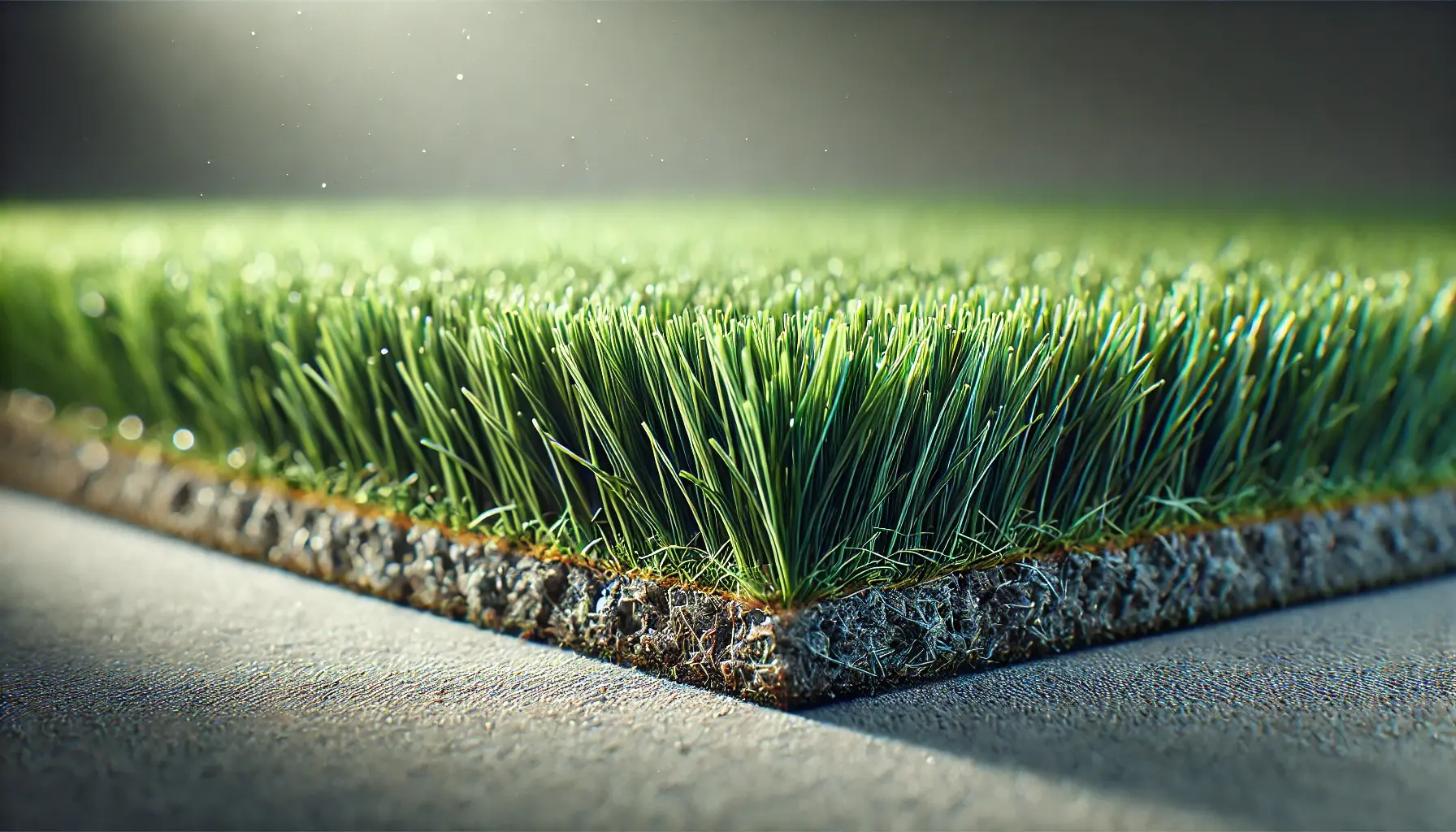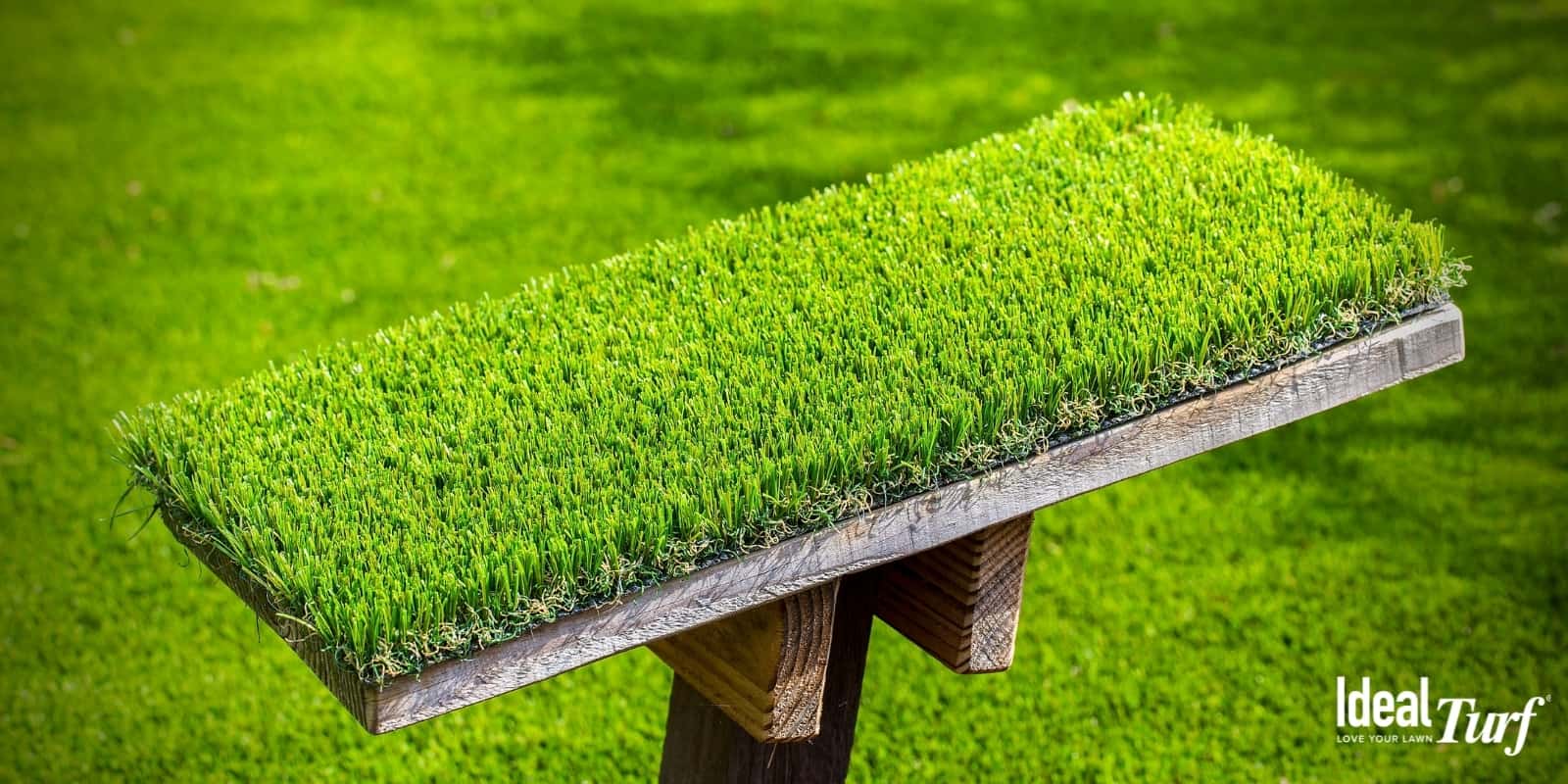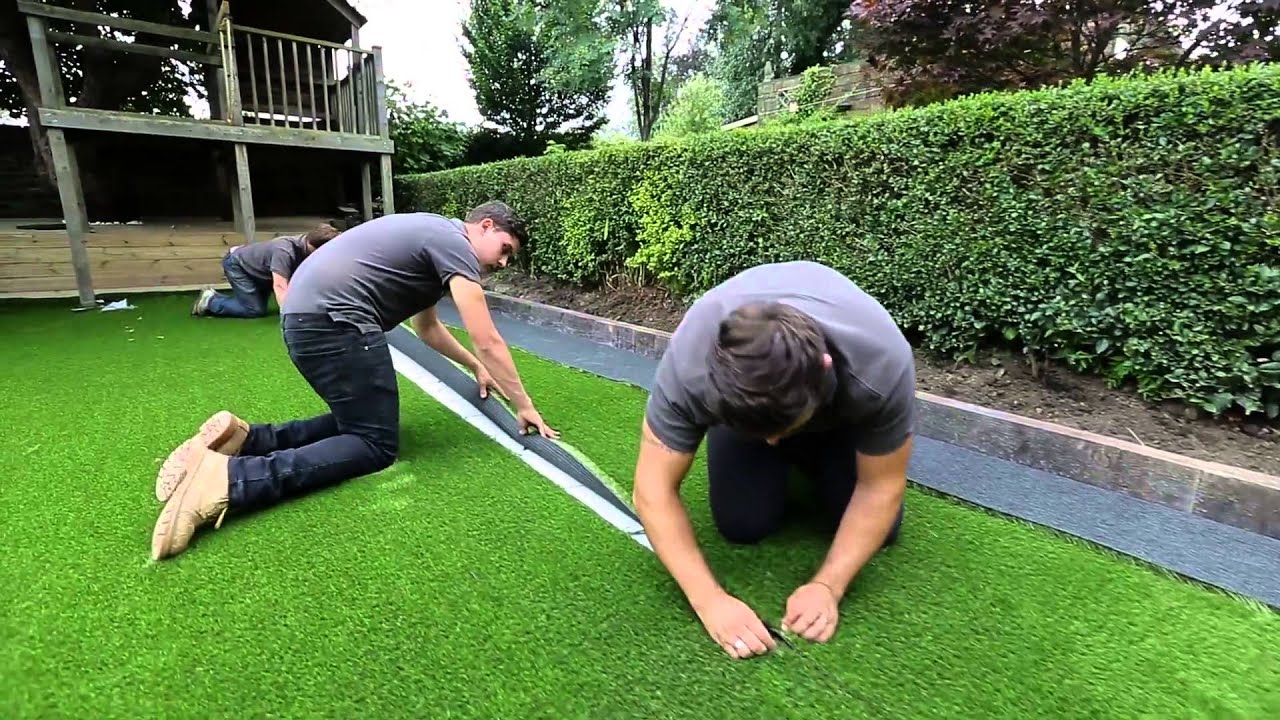High-Quality Arizona Turf Solutions for a Stunning and Green Landscape
Wiki Article
Delve Into the Environmental Conveniences of Opting for Artificial Grass Solutions
The fostering of synthetic lawn options presents a compelling possibility to attend to pushing environmental difficulties. By considerably lowering water usage and minimizing the application of unsafe chemicals, these options not only promote sustainable landscape design but likewise safeguard neighborhood communities.Water Preservation Benefits
One of the most significant benefits of synthetic grass is its capability to save water. Traditional turf yards call for substantial irrigation, especially in locations vulnerable to drought or water restrictions. On the other hand, synthetic grass does not need watering, significantly reducing the overall need for water sources. This function is specifically beneficial in arid regions where water deficiency is a pressing concern.By eliminating the requirement for normal watering, artificial grass adds to sustainable landscape methods and aids reduce the ecological effect of extreme water consumption. The preservation of water extends to the reduction of drainage, which can lead to dirt disintegration and river pollution.
In addition, the setup of artificial grass allows municipalities and house owners to designate water resources much more effectively, concentrating on vital usages such as alcohol consumption water and farming. The change in the direction of synthetic grass not only promotes liable water use yet also lines up with broader environmental goals targeted at preserving natural resources.
As communities progressively focus on sustainability, the water conservation benefits of artificial lawn present a compelling case for its adoption in industrial and household landscape design projects.
Decreased Chemical Usage
The transition to synthetic grass substantially reduces the reliance on chemical treatments commonly made use of in all-natural yard upkeep. Conventional turf monitoring usually involves the application of herbicides, fertilizers, and chemicals to advertise growth and control insects. These chemicals can pose dangers to human wellness, regional wildlife, and the atmosphere, contributing to soil and water contamination.On the other hand, fabricated grass gets rid of the need for these harmful compounds. Once installed, it requires very little maintenance, mainly being composed of regular cleaning and seldom infill replenishment. This decrease in chemical use not just benefits the immediate setting but additionally adds to more comprehensive environmental security. By minimizing the release of artificial substances into the ecosystem, man-made lawn advertises healthier soil and water supply.
Additionally, the absence of chemical overflow related to synthetic grass setups helps shield neighborhood rivers from pollution, sustaining marine life and maintaining biodiversity. Artificial turf companies phoenix. As neighborhoods increasingly prioritize sustainable practices, going with artificial turf presents a viable solution that straightens with ecological preservation goals. With this shift, homeowner can appreciate lavish environment-friendly rooms without endangering eco-friendly wellness, leading the way for a more lasting future
Reduced Carbon Impact

Moreover, the setup of synthetic grass can result in significant water preservation. All-natural grass require significant quantities of water for irrigation, which not just contributes to the carbon impact linked with water extraction and therapy but also pressures local water sources. In contrast, synthetic grass requires marginal upkeep, requiring no watering, therefore dramatically decreasing water usage and its connected home energy prices.
In addition, the longevity of synthetic grass contributes to its lower carbon influence. With a lifespan of up to 15 years or more, the requirement for frequent substitutes is lessened, resulting in less waste and reduced power usage in production and taking care of traditional yard options. In general, synthetic grass offers a lasting option for environmentally conscious landscaping.
Habitat Preservation
Habitat conservation is a crucial consideration in the dispute over landscaping options, particularly when contrasting synthetic grass to natural grass. All-natural grass lawns typically require comprehensive maintenance, consisting of making use of plant foods, herbicides, and pesticides, which can detrimentally affect local ecosystems. These chemicals can seep right into the dirt and rivers, harming native vegetation and animals and interrupting local habitats.
In comparison, man-made lawn offers a chance to lower the environmental footprint of landscape design. By choosing artificial grass, property owners can decrease the interruption of all-natural environments connected with conventional grass care practices. Synthetic grass removes the demand for unsafe chemicals, therefore safeguarding neighboring wildlife and maintaining the stability of bordering environments. The setup of man-made turf can lead to the conversion of former turf locations right into more biodiverse landscapes, such as pollinator gardens or indigenous plant locations, which can sustain neighborhood wildlife.
Eventually, the transition to synthetic grass not just preserves water and decreases maintenance efforts yet likewise fosters a more harmonious connection between human tasks and the all-natural setting, promoting environment conservation in the process.
Long-Term Sustainability
Long-lasting sustainability is an essential variable in evaluating the benefits of fabricated turf over conventional grass yards. Among one of the most considerable benefits of synthetic grass is its durability; it can last up to 15-20 years with marginal maintenance, whereas all-natural lawn needs constant reseeding and replacement. This long life minimizes the demand for constant sources, such as water, fertilizers, and chemicals, which are vital for maintaining a healthy and balanced grass yard.Additionally, synthetic grass adds to a reduction in carbon discharges related to yard treatment devices. Traditional yards commonly require gas-powered lawn mowers, leaners, and blowers, you can check here all of which add to air pollution. Arizona artificial turf. In contrast, man-made lawn removes visit here the demand for such devices, advertising a cleaner setting
Furthermore, the manufacturing of synthetic grass increasingly utilizes recycled materials, boosting its sustainability account. As manufacturers embrace environmentally friendly practices, the environmental impact of synthetic grass remains to decrease.

Conclusion
The adoption of fabricated turf services provides substantial ecological benefits, consisting of considerable water preservation, minimized dependence on hazardous chemicals, and a lower carbon impact. Additionally, synthetic grass aids in protecting natural habitats by lessening land disturbance and promoting long-term sustainability via making use of long lasting products. Collectively, these aspects emphasize the capacity of synthetic turf to add favorably to ecological wellness and provide a practical alternative to standard landscaping practices in an increasingly resource-conscious world.In contrast, synthetic lawn does not require watering, dramatically minimizing the overall need for water sources. By lessening the release of artificial compounds into the ecosystem, artificial lawn advertises much healthier dirt and water systems.
Additionally, the installation of artificial turf can result in considerable water conservation. In contrast, artificial grass requires very little maintenance, calling for no watering, consequently substantially lowering water usage and its connected power expenses.

Report this wiki page